Patrick Poole's Summer Roadtrip with the Neptune Convertible Art Lens System
15 Share TweetBack in May we were introduced to analogue photographer Patrick Poole by Instagram film photography community Street Honey while he was preparing for a two-month long cross-country roadtrip throughout Colorado, Wyoming, Montana, Idaho, Washington, Oregon, California, Nevada, and Utah.
Intrigued by the summer trip we sent Patrick some film and our Neptune Convertible Art Lens System to help document his travels, and he certainly didn't disappoint!
Hi Patrick, welcome to Lomography Magazine! Can you tell us a bit about yourself and your work?
Hi! My name is Patrick Poole and I’m a film photographer currently based in Denver, Colorado. Ever since I was a kid I have been taking photographs as a way to record the world and as a creative outlet. For the last five years, I have shot exclusively with film because it’s the best medium for how I see the world. I don’t like to limit my photography to a specific genre but I would say my style is a combination of lifestyle, travel, and nature photography. My motto when it comes to taking pictures is honestly just to have fun doing it. I take photos strictly as a hobbyist so if it’s not fun why even do it? I’m not a film photographer who takes himself very seriously and I think that’s reflective in my photographs.
Can you tell us about the roadtrip that you went on?
This past summer, my girlfriend, Sierra, and I went on a 2-month long road trip along the western coast of the United States with a few stops in between. We started in Denver and drove west through Utah until we reached San Diego. From there, we drove north along the entire west coast until we reached Seattle passing through every National Park and small town along the way. As we drove home, we also decided to stop in Glacier National Park and I’m very glad we did because it was one of my favorite stops on the entire trip! I convinced my boss to let me work remote this Summer and I wanted to take advantage of this and see as many cool spots and take as many photographs as possible. I wanted to take photos of well-known landscapes, but try and see them in ways that weren’t cliches.
I believe capturing these landscapes with film brings out a different reaction from people and helps them see these places in different ways. I think this is important due to the fact that nature seems to be in a vulnerable place right now and I want to inspire people to protect it by capturing its beauty and sharing it with as many people as I can.
What made you decide to take the Neptune Convertible Art Lens System along on your trip?
The biggest factor in my decision to use these lenses on my trip was the size and form factor. For the majority of our road trip, we were sleeping in our car which meant that
space was at a premium and if you ask Sierra, she will tell you that I have a tendency to overpack when it comes to camera gear. It was nice to know that I had a compact, go-to lens system, with my 35 mm camera. With this set-up, I didn’t have to think twice about if it was too big or impractical. I shoot a lot of medium format film as well but sometimes it
just doesn’t make sense when you are always on the go or if you’re on a longer hike and need a lightweight and versatile kit that you know will produce good results. The Neptune Lens kit on my NikonF3 certainly delivered ease-of-use, an excellent form factor and best-in-class quality.
What was your first impression of the lens system?
My first impression of the lenses is that they were funky (in a good way)! The form factor is very unique due to the silver all metal build and the screw off lens caps with the cool logo etched into them. They were fun to look at and fun to use, which is something that’s important to me. I feel like photography can sometimes be this very serious, artistic, and dare I say pretentious art form that people take super seriously, especially in the film community. I feel like the Neptune system completely disregards these notions and focuses on fun while also delivering a functional and modular product that can rival any other when it comes to quality and sharpness in the final photo.
Which of the three lenses in the system was your favorite: 35 mm, 50 mm or 80 mm?
All three lenses were excellent so it’s difficult to choose the best, but for me it’s between the 35 mm and 50 mm. The 35 mm became my go-to lens throughout the trip because of the subjects I was shooting and the fact that I needed a more wide angle to try and capture the grandness and sheer scale of some of the scenes in the wild. Mountains, lakes, and coastlines were the subjects in a lot of my shots and I like to capture as much of the landscape as possible.
With all that being said, I actually liked the 50 mm the best simply because it challenged me to find more creative and unique compositions. I love a good challenge when it comes to photography especially if it's making me better and more creative. I think that’s what I loved most about shooting these lenses, they challenged me and forced me to see compositions I normally wouldn’t. It made me realize that it’s good to pack lenses that might be non-standard for the subject matter because it pushes you to see the world differently.
Why shoot film during your travels as opposed to digital?
Like many other film photographers, I am slightly masochistic in my approach to photography. It’s just harder to take a good picture on a film camera. Many things can go wrong and many things did go wrong this trip! One of my rolls didn’t catch on the film leader when I was in Palm Springs, causing many would-be photographs to simply not exist. I missed countless photographs of wildlife simply because I couldn’t meter in time and the scene was gone. However, just like in life, the lows are what make the highs and this couldn’t be any more true when it comes to film. When you get a roll back and you see some amazing images that’s just my favorite feeling in the entire world. There is also something about the look and feel of film and also the process of not seeing the photos right after taking them.
To me, my film photographs are memories frozen in time. They capture a moment in my life that I look back on with fondness and give me that exact feeling I had when I was there taking the picture. I think it’s a combination of the nostalgic look and feel of film that makes it look like the photo was taken decades ago even if was only a few months ago. I also love that I can’t look at the photo I’ve taken and just have to trust that I did the best I could. When walking in nature, I want to stay as present as possible and don’t want to be pulled out of this by constantly looking at the results of my picture-taking or sucked into the digital world that is my iPhone.

Do you have a favorite shot from the trip? Is there a story behind it?
It’s definitely hard to choose a favorite shot from the trip because we went to so many cool places and saw so many amazing things but there is definitely one that stands out. Something that I’ve been practicing in my photography (and in life) is patience and humility. Being able to slow down and truly observe without judgment or trying to rush is very important in photography.
When Sierra and I were in Canon Beach, we were quite literally sprinting onto the beach to get a good picture of the famous Haystack Rock during golden hour. The sun was setting very quickly behind some clouds and we knew that we only had a few minutes before it would be gone. I was running as fast as I could towards the rock past a bunch of people and families that were hanging out, playing, and just enjoying their time on the beach. My pace slowed as I started to look around and realized that these people having fun on the beach were way more important to the scene and feeling of this moment rather than another cliche landscape photo of a big rock that has been photographed thousands of times the same way. I came to a stop and just watched as a dad and son were running back and forth flying a kite together having the best time. I took a photo of that scene and it turned out so good. I feel like it captured the essence of why people love going to beaches and I even got the big rock in the background!
Can you share any tips or tricks for shooting with the Neptune Convertible Art Lens System?
I would say my biggest tip is to make sure the aperture and focus ring are where you want them between each photo. The lenses don’t have indents between apertures, which I found to be fun and unique but also sometimes frustrating. Due to this design, you are able to set your aperture between common f/stops which was super interesting and not something that I’ve seen before and allowed for another creative aspect into my shooting. However, there were a couple of times that I would take a photo on a specific aperture and start walking/hiking and take another photo thinking that it was on the same setting but it had ever so slightly moved due to the smoothness and ease that the aperture can be adjusted on the lens. Just pay attention and it’s not a huge trade-off!
Do you have any tips or tricks for shooting film on the road?
With taking photographs on the road, you have to plan ahead a bit more because there isn’t always film available. We brought dozens of rolls of film but we still ran out. So do your best to plan out what you will need, especially when traveling to more remote locations. I also wanted to get my film developed and scanned while on the road so that I wouldn’t have to do it all once when I got back. I learned that many film labs will actually ship you your negatives for a small fee, which was amazing since we were just passing through and wouldn’t be able to come back to pick them up when they were ready.
PSA: new film photographers, please pick up your negatives from your local lab! Your lab will thank you and so will your future self if you somehow lose the digital file. I know picking up/archiving your negatives is pretty common knowledge for most experienced film photographers but there are so many lab techs that I talk to that tell me they are forced to throw away tons of negatives because they don’t have enough space and people just never pick them up.
If you'd like to see more photos of Patrick's roadtrip as well as keep up with his work, make sure to check out his Instagram.
Special thanks to Street Honey for helping arrange this collaboration.
written by eloffreno on 2023-09-09 #gear #people #places #travel #summer #hiking #adventure #roadtrip #traveling



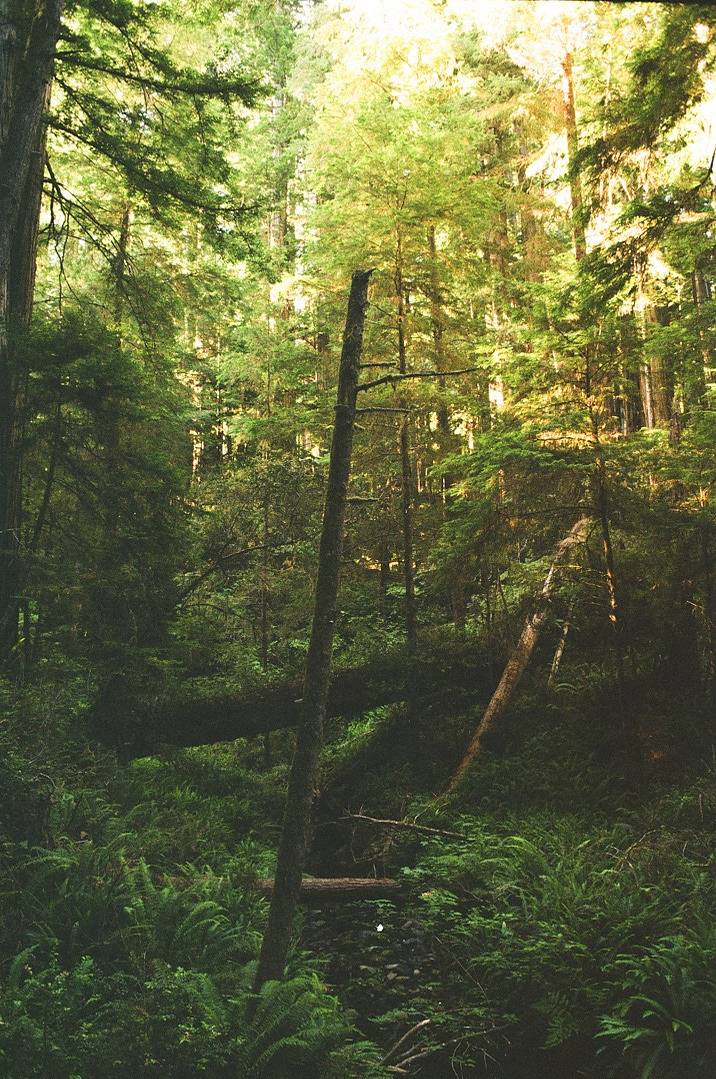
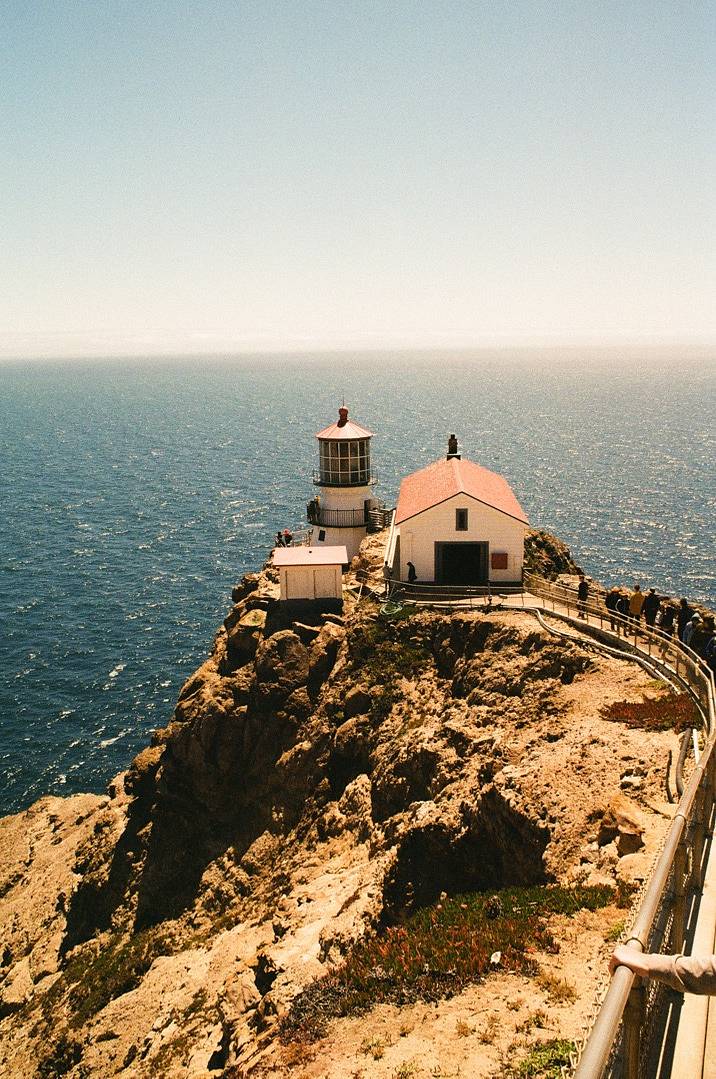













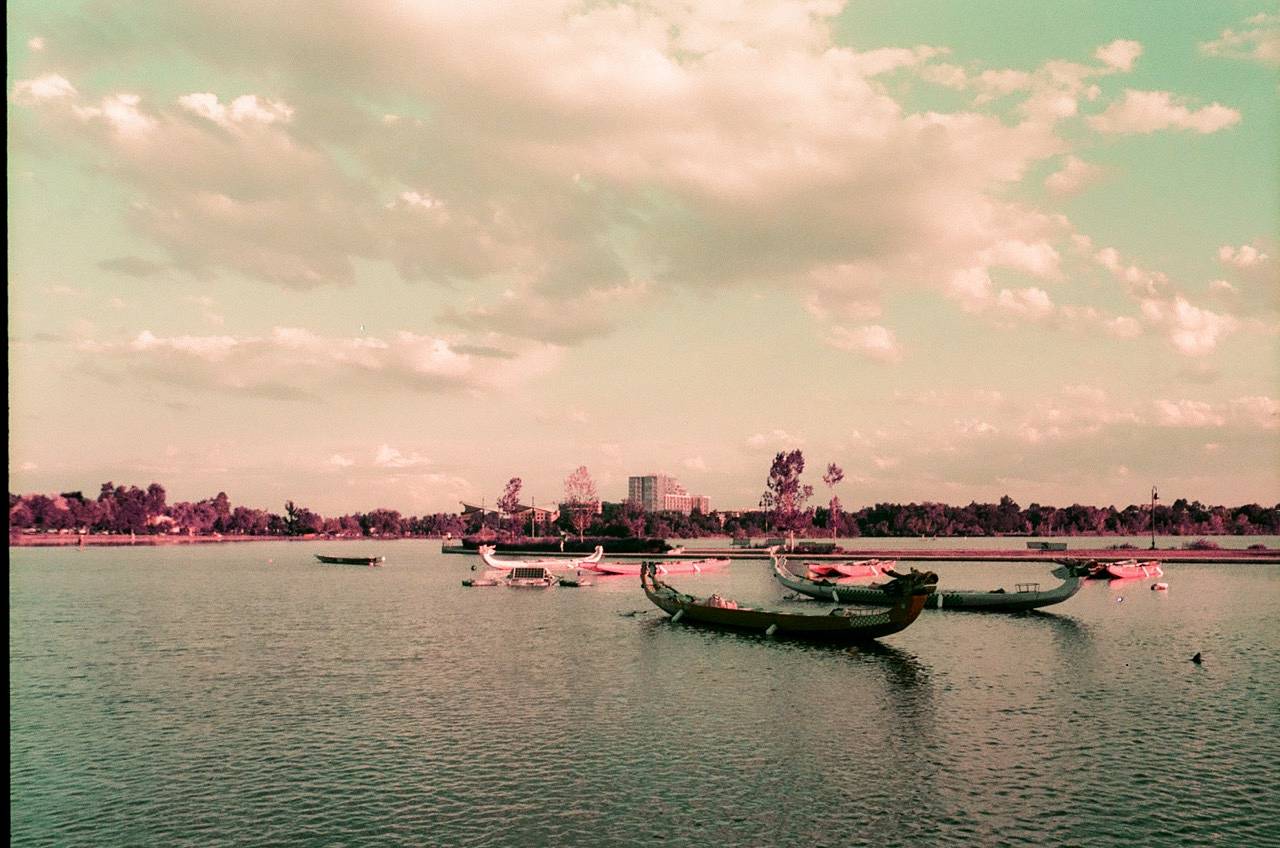

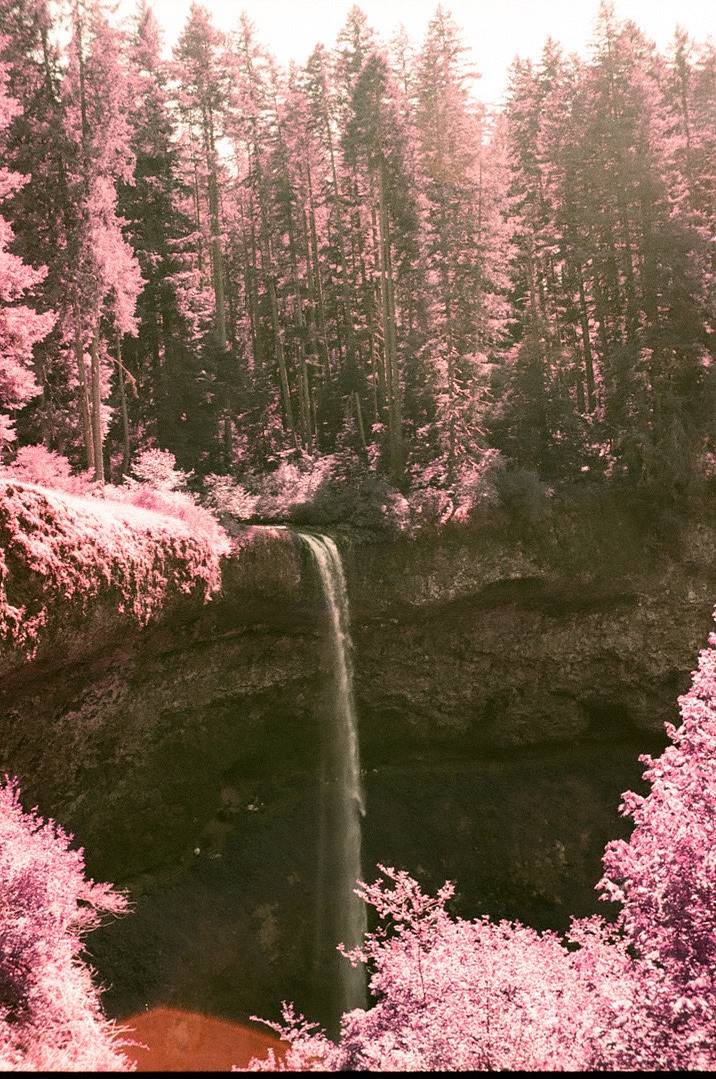








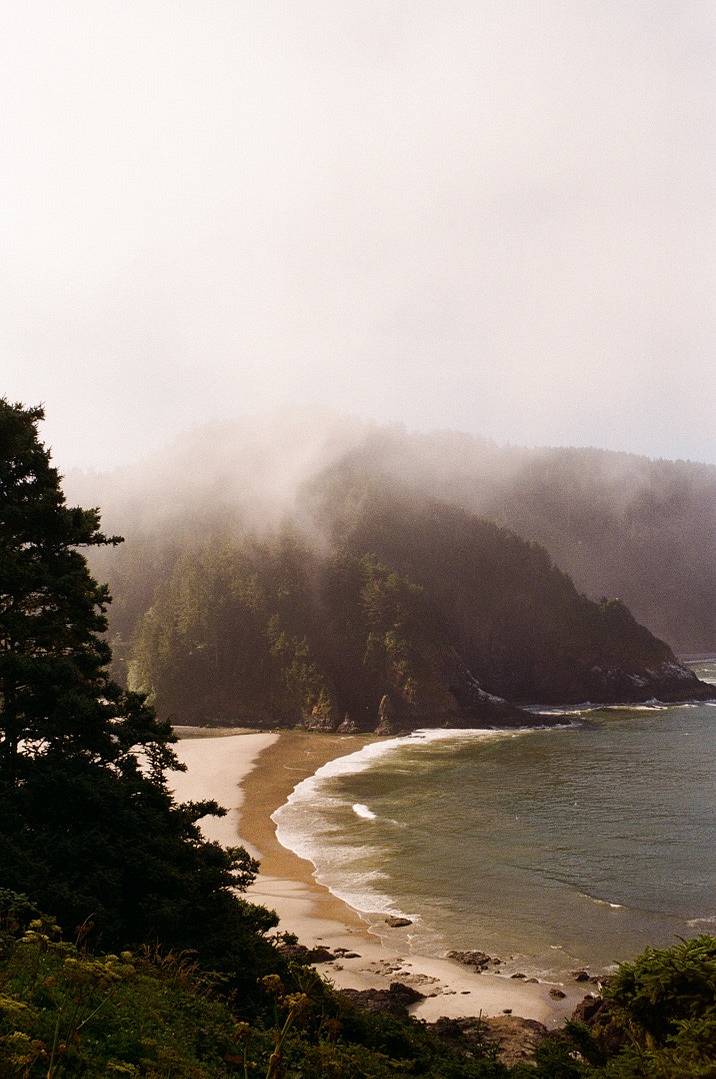



















No Comments